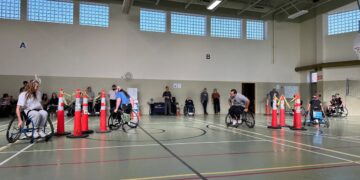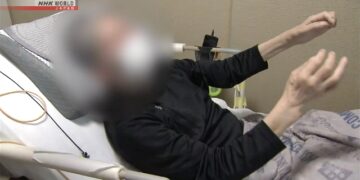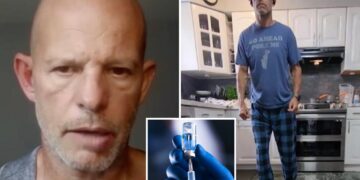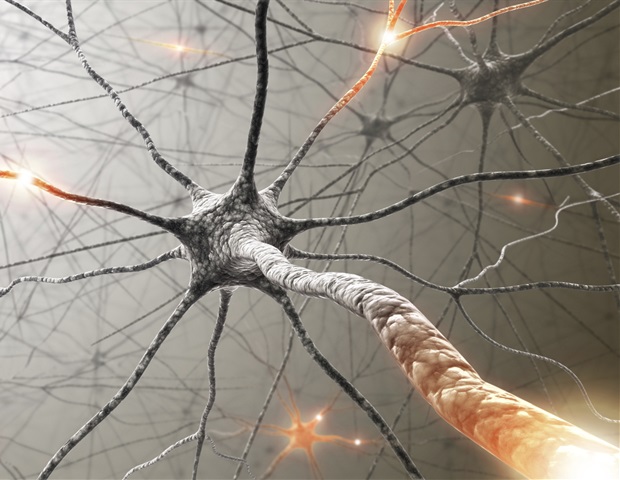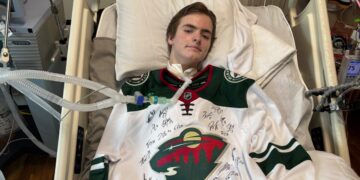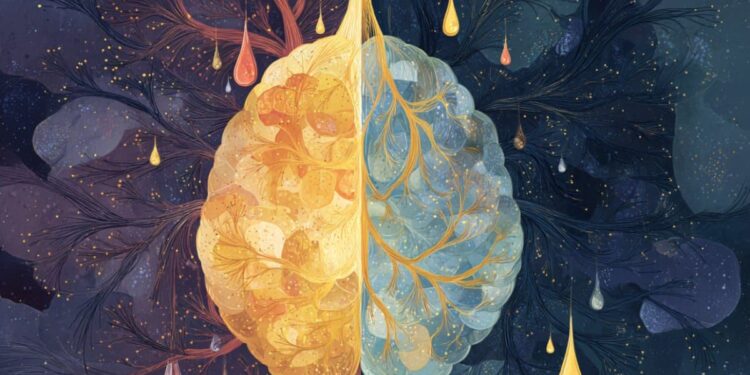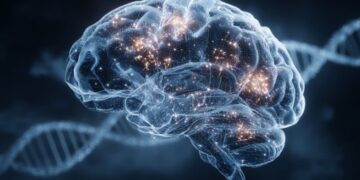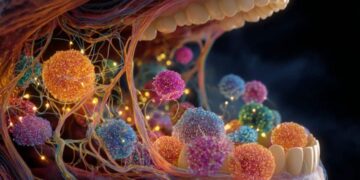Summary: A new study reveals that the brain uses two different neural pathways to regulate sugar and fat intake. In mice, glucoprivation (a drop in blood sugar levels) activates separate circuits in the hypothalamus: AMPK-regulated CRH neurons drive high carbohydrate consumption, while MC4R-expressing neurons promote high-fat food intake.
These pathways are triggered by NPY neurons in the brainstem, which respond to energy deficits. The discovery sheds light on how the brain distinguishes between types of nutrients when balancing energy needs, offering clues to treating overnutrition and metabolic disorders.
Key facts
Dual neural circuits: Ingestion of high-carbohydrate and high-fat foods is controlled by separate hypothalamic pathways. Energy deficit activator: NPY neurons in the brainstem activate both circuits in response to glucoprivation. Eating insights: Understanding these pathways could inform interventions for obesity and eating disorders.
Source: NINS
Feeding in mammals is controlled by a complex neuronal system. Although several key neural pathways related to total calorie intake have been widely studied, it remains unclear how food choices are regulated and how they influence overall eating behavior.
The selection of feeds between different types, such as a HCD and a HFD, is affected by various internal conditions. For example, mice normally consume only one HFD, but will eat both an HCD and an HFD when glucoprivation occurs after 2DG administration.
However, the neural mechanisms behind this remain unknown.
The research team examined the neural mechanisms that influence food choice between a HCD and a HFD in mice after administering 2DG. They found that HCD and HFD consumption after 2DG is independently controlled by AMP kinase (AMPK)-regulated corticotropin-releasing hormone (CRH) neurons and melanocortin 4 receptor (MC4R)-expressing neurons in the PVH, respectively.
The researchers also found that neuropeptide Y (NPY) neurons in the nucleus tractus solitarius (NTS) and ventrolateral medulla (VLM) activate both AMPK-regulated CRH neurons and MC4R neurons in the PVH, promoting HCD and HFD intake after 2DG treatment.
In contrast, NPY neurons in the arcuate nucleus of the hypothalamus (ARC) inhibit MC4R neurons in the PVH, resulting in increased intake of HFD alone.
These findings demonstrated for the first time that HCD and HFD intake is controlled by two separate neural pathways in the brain.
This could offer new insights into understanding the neural mechanisms behind food choice between foods with different nutrient compositions.
Key questions answered:
A: It activates separate neural circuits in the hypothalamus: one that promotes carbohydrate consumption through CRH neurons and another that drives fat intake through MC4R neurons.
A: When blood sugar drops (such as during glucoprivation), NPY neurons in the brainstem stimulate both circuits, prompting the intake of high-carbohydrate and high-fat foods to restore energy balance.
A: They discover the brain’s nutrient-specific control of nutrition, revealing potential targets for the treatment of obesity, diabetes and binge eating.
About this neuroscience and food craving research news
Author: Hayao KIMURA
Source: NINS
Contact: Hayao KIMURA – NINS
Image: Image is credited to Neuroscience News.
Original research: Open access.
“Glucoprivation-induced nutrient preference is based on distinct NPY neurons that project to the paraventricular nucleus of the hypothalamus” by Nawarat Rattanajearakul et al. Metabolism
Abstract
Glucoprivation-induced nutrient preference depends on distinct NPY neurons that project to the paraventricular nucleus of the hypothalamus.
Background
Neural pathways related to total calorie intake have been widely studied. However, it is still unclear how these mechanisms control food selection.
Methods
Male mice were subjected to glucoprivation by intraperitoneal (ip) administration of 2-deoxy-d-glucose (2DG) and food selection between a high carbohydrate diet (HCD) and a high fat diet (HFD) was examined in a diet choice paradigm.
This involved chemogenetic or optogenetic modulation of the neuronal activity of AMP-activated protein kinase (AMPK)-regulated corticotropin-releasing hormone (CRH) neurons, melanocortin-4 receptor (MC4R) neurons in the paraventricular nucleus of the hypothalamus (PVH), and neurons in the neuropeptide Y (NPY) that project to the PVH.
Results
Glucoprivation induced by 2DG administration in mice influenced two distinct neuronal pathways in the PVH that separately promote the intake of an HCD or an HFD. Injection of 2DG-activated PVH-projecting NPY neurons into the nucleus tractus solitarius (NTS) and ventrolateral medulla (VLM), resulting in a rapid increase in HCD intake through stimulation of PVH AMPK-regulated CRH neurons and recovery from glucoprivation. In contrast, PVH-projecting NPY neurons in NTS, VLM, and arcuate nucleus of the hypothalamus (ARC) promoted HFD intake by inhibiting MC4R neurons in PVH, reflecting the strong innate preference for a HFD in mice. ARC NPY neurons specifically promoted HFD selection.
Conclusion
Our findings reveal a previously unrecognized mechanism for food selection between HCD and HFD during glucoprivation.

_6e98296023b34dfabc133638c1ef5d32-620x480.jpg)
